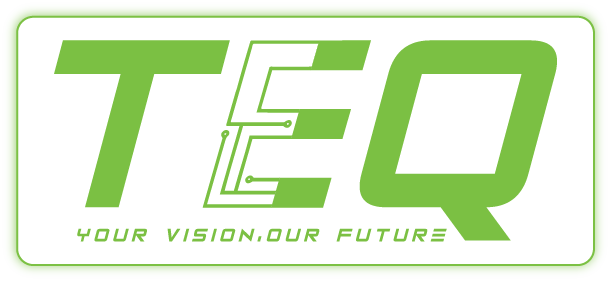IoT & Telematics
Modern businesses depend on real-time data to drive visibility, efficiency, and control across operations. Whether in logistics, energy, or retail, staying connected is essential. Yet in many African markets, connectivity remains a significant challenge. Patchy network coverage, inconsistent roaming agreements, and the need to operate across borders make it difficult to maintain stable and reliable connections.
IoT devices deployed in the field often lose signal or require manual SIM swaps to stay online. This leads to slower business operations, higher costs, and reduced service reliability.
Solution Use Cases
Stolen Vehicle Recovery(SVR) Solutions
SVR Challenges
Vehicle theft is one of the fastest growing crimes globally as thieves have turned to employing highly advanced equipment like GSM signal jammers and signal masking. In the past 3 years, vehicle theft in the United States has surged, with annual incidents surpassing one million, according to the National Insurance Crime Bureau (NICB).
According to Home, the number of vehicles stolen in the United Kingdom has increased by 126.32% and 51.76% in the year 2022 and 2023 respectively. This escalating trend poses significant risks, not only for vehicle owners but also for financial institutions, with some companies reporting losses of up to 12.5% due to theft.
As thieves grow increasingly sophisticated, traditional vehicle trackers become less effective. However, a comprehensive, turnkey Stolen Vehicle Recovery Solution has the potential to mitigate these risks, reducing theft-related losses to as low as 2%.
Global Facts on SVR
- 80% of accidents occur during the night
- 159 vehicles are stolen daily
- Annual recovery of stolen vehicles 24%
Queclink SVR Combo Solutions
Queclink’s reliable combo solution combines a wired vehicle tracker and a ghost asset tracker with internal 3-year battery life, which has a dual tracking mode.
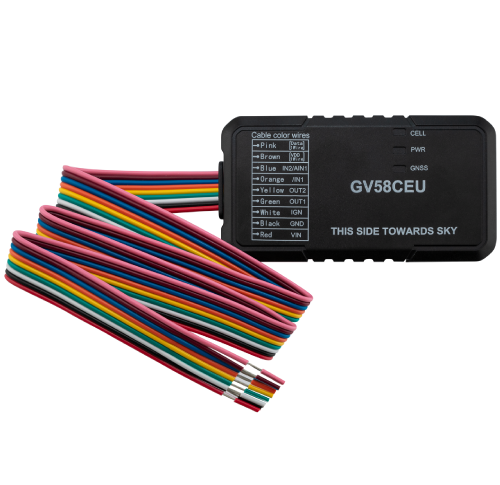
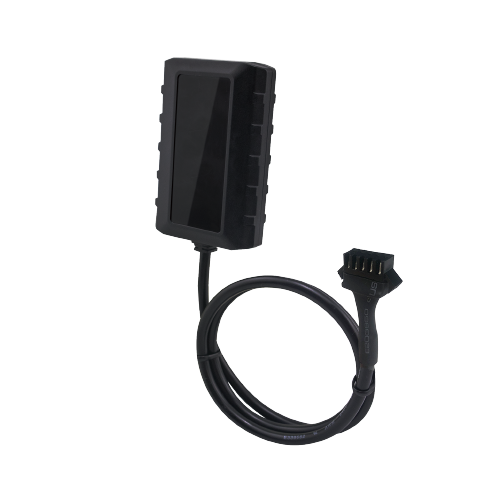
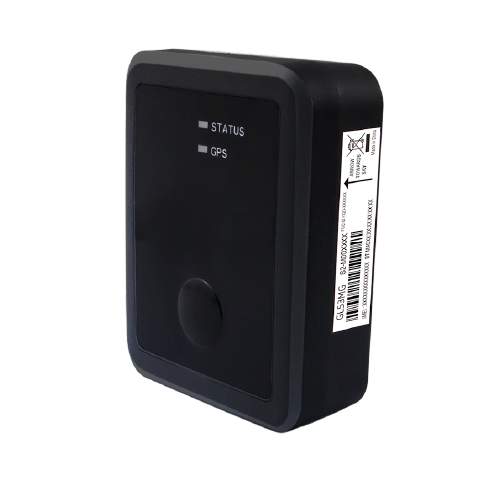
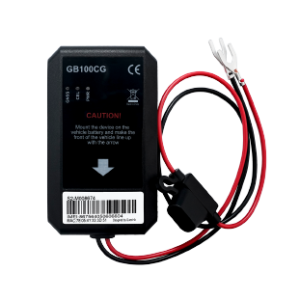
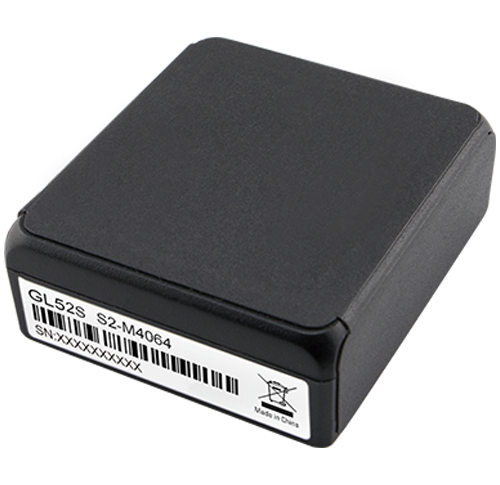
The dual-device setup offers a highly effective solution against vehicle theft by combining a visible wired tracker with a covert ghost device. Here’s how it works:
- The wired tracker functions as a standard telematics device, delivering real-time vehicle data.
- The ghost device, compact and discreet, is hidden inside the vehicle in silent mode, making it difficult for thieves to detect.
Both devices are linked via a covert wireless connection. If this connection is disrupted—often the goal of thieves attempting to disable the wired tracker—a warning is sent to the server. In response, the ghost device switches from silent mode to emergency mode, allowing it to:
- Begin transmitting real-time location data independently of the wired tracker.
- Create a backup tracking system, making it easier to locate the vehicle even if the primary device is compromised.
This system presents an additional layer of security, significantly increasing the chances of recovery if a theft attempt occurs.
Teltonika SVR Combo Solutions
Teltonika SVR solution not only detects GSM jamming but also GNSS signal jamming. When the GSM/GNSS signal jamming is detected the automotive relay connected to the vehicle starter will prevent the engine from starting.
The Teltonika SVR solution can detect jamming and automatically activate a digital output to trigger a buzzer alarm to distract thieves or initiate central vehicle engine block.
How it Works
The primary tracker (FMB965/FMB920) transmits data packets via BLE technology to the secondary tracker (TAT100) in a one-way communication process; the TAT100 does not send data back to the primary tracker. If the TAT100 stops receiving data from the primary tracker, it enters recovery mode. In this mode, it assumes the primary tracker is lost/non-operational and sends an alarm notification. The TAT100 then assumes the role of the primary tracker, periodically transmitting recovery alarm records until the issue is resolved
SVR Solutions Benefits Over Traditional Vehicle Trackers
- Jamming Detection & Resistance – The SVR solutions are noise tolerant and resistant to jamming attacks by combining diverse technologies such as BLE and LPWA Network like Sigfox and LoRa
- Multi-Layer Protection – Real-time alerts for abnormal events based on covert communication among devices and accessories
- Covertness – Extended ultra-long battery life solutions benefit from Quelink’s leading and innovative battery power management knowhow. Its micro size and waterproof design allow covert installation ensuring theft prevention
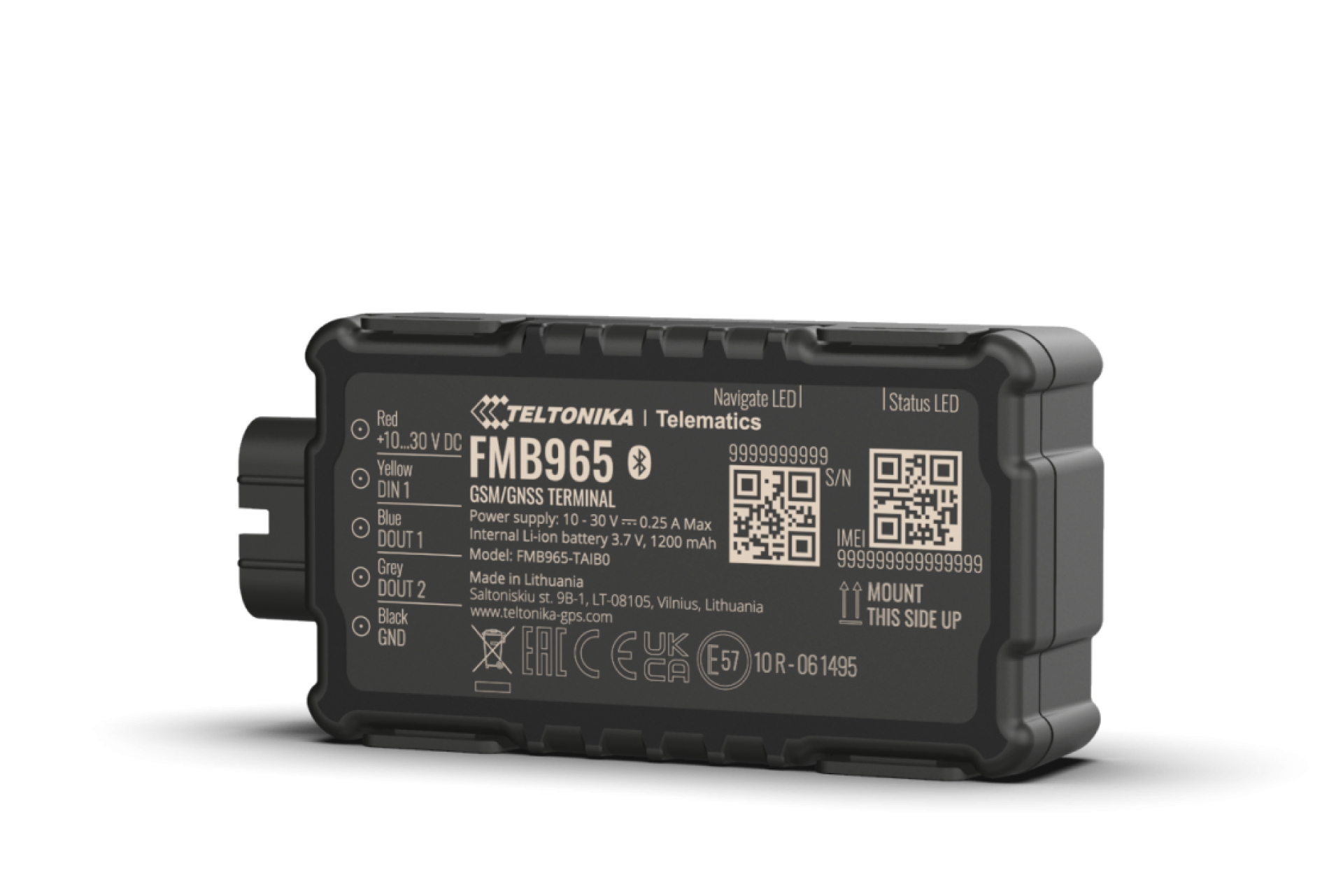
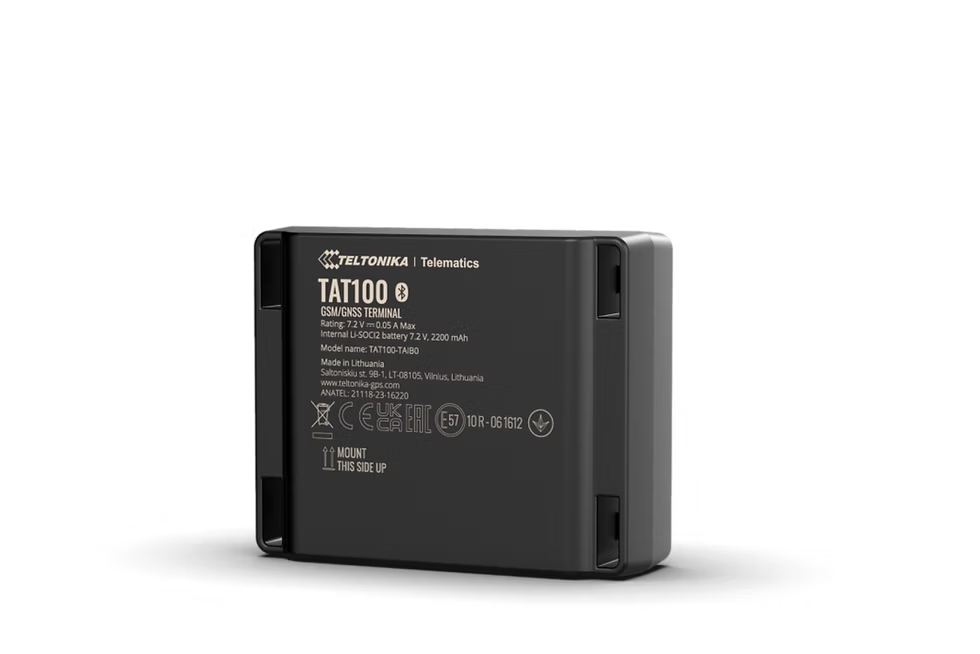
Fuel Management Solution
Challenge
Approximately half of the costs of a vehicle fleet is fuel and truck maintenance. Reducing expenses for combustibles and lubricants, and costs for technical maintenance may help to increase efficiency of the fleet and generate additional profit from vehicle operation that can be directed to further development of a business.
We understand how crucial fuel control is for our clients, which is why we offer the best solutions to protect it and save money. Whether you’re managing a small fleet or a large-scale operation, our technology empowers you to take full control of your fuel resources, ensuring that every drop counts.
Solutions
1. Capacitive Fuel Level Sensors
Capacitive fuel level sensors are engineered to precisely monitor fuel volume, capture the timing and location of fuel refills, and safeguard against fuel theft. These sensors deliver reliable, accurate data while offering ease of maintenance. With compatibility across most fleet tracking devices and data acquisition platforms, capacitive fuel level sensors provide a versatile and universal solution for fleet management projects, ensuring seamless integration and enhanced operational efficiency.
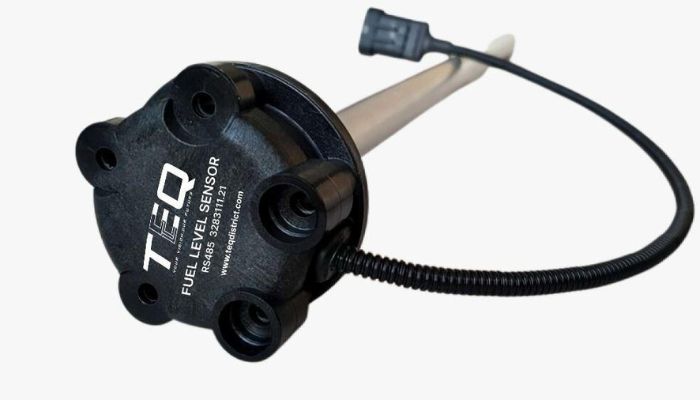
- Variety of interfaces: RS485 and RS232, customizable analog and frequency outputs, wireless battery-powered Bluetooth fuel level sensor.
- Measurement error – Not more than 1%
Monitored Parameters and Events:
- Fuel volume in each fuel tank or compartment, L or %
- Fuel level, mm
- Temperature in each fuel tank or compartment
- Volume of fuel, refueled at fuel stations, volume of stolen fuel
- Locations of refueling a tank and draining fuel
- Detection of adding extraneous liquids to fuel in the tank
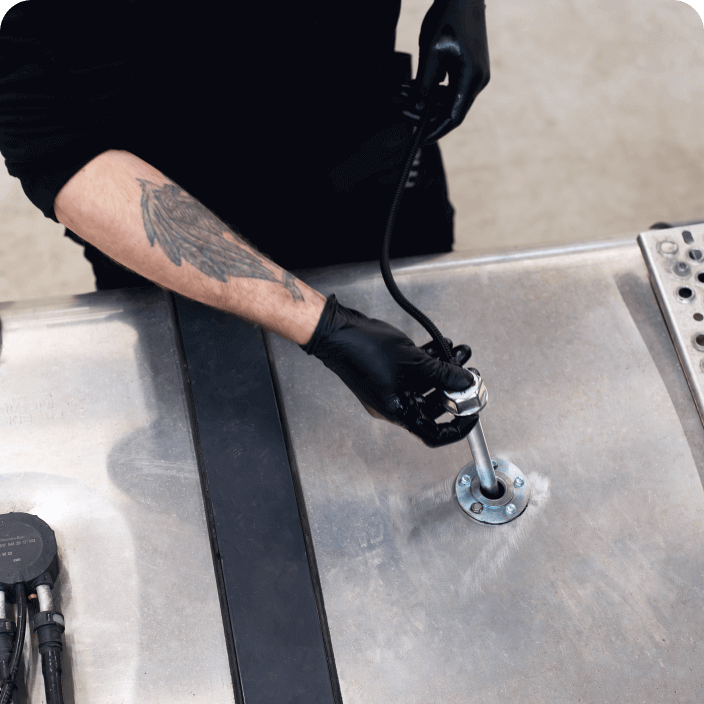

Driver Identification & Behavior Management
Introduction
Fleet companies are switching to Fleet Driver Monitoring Solutions for their many benefits, compliance and regulation, increased accountability and enhanced security. The global market demand for human transport services continues to grow significantly, driven by urbanization, population growth, and increasing demand for sustainable, convenient, and affordable mobility solutions. Yet, certain challenges need to be addressed, here is a ready and practical solution.
Challenge
Managing a fleet of vehicles shared by multiple drivers poses a significant challenge for transportation companies, particularly in ensuring accountability, compliance, and data accuracy.
Without a reliable system to identify which driver is operating which vehicle at any given time, fleet managers struggle to maintain control over their operations. This lack of oversight can lead to inefficiencies, unmonitored driving behavior, and difficulties in adhering to safety and regulatory standards. Addressing these concerns requires a solution that not only simplifies driver identification but also enhances overall fleet management.
So, the demand for smart fleet solutions to cater for human transportation is continuously growing. Still, the industry needs a quality fleet driver management solution with all the benefits it can bring to keep the business in good order with minimum risk. Fortunately, the driver identification keypad solution can be integrated into a wide range of fleet types, offering a variety of significant advantages.
Solutions
1. Driver Identification Keypads
The Driver Identification Keypads is an essential add-on for companies that operate vehicles that are shared by multiple drivers. The Identification Keypad enables precise identification of drivers in specific vehicles, providing enhanced control, accountability and compliance necessary for effectively managing a shared fleet. The solution streamlines driver monitoring, ensuring greater operational oversight and adherence to regulatory standards.
When a driver transitions to a new vehicle, they simply input their unique identification code into the keypad. This ensures that all driver and vehicle data is automatically captured, logged, and organized, providing real-time visibility and control over live maps, trip history, driving behavior analytics, and detailed reports. This streamline process enhances operational efficiency while enabling precise tracking and accountability across your fleet.
How it works
The Driver Identification Keypad operates in conjunction with tracking devices that support 1-wire protocols. Prior to installation the tracking device is configured with authorized driver identification codes, which must be entered by the respective driver for the vehicle to start. Upon successful entry of the driver’s identification code, the tracking device detects the driver, location and other relevant data of the vehicle depending on the tracker configuration and project requirements. The information is then transmitted via the GPRS network to a dedicated server, allowing the fleet owner, manager, or operator to monitor the movements and parameters of each fleet asset in real-time.
To ensure practicality and wide range capabilities including background lighting for convenient operations, audible indication for dialing process, visual and vocal indication when driver ID is transmitted.

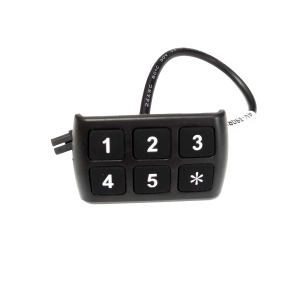

Benefits
Increased Asset Security
- Vehicle Security: When paired with an immobilizer the Driver Identification Solution can be used ensure a vehicle is not driven without proper identification
Operator Identification
- Real-time Monitoring: The Driver Identification Solution allows managers to monitor driver identity which driver is using which vehicle and for how long.
Prevents Unauthorized Usage
- Driver Authorization: Every driver is assigned a PIN and will only be able to start the vehicle once the PIN is entered.
Compliance with Regulations
- Tracking Hours of Service (HOS): The Driver Identification Solution enables automated tracking of driver hours, helping ensure compliance with local and international regulations.
Increased Accountability
- Driver Performance Data: Fleet managers can assess individual driver performance, identifying areas for improvement or recognizing top performers.
Fully Integrated with the following manufacturers – (add Manufacturer Logos)
Queclink, Teltonika, GalileoSky, Digital Matter, Ruptela
2. 1-Wire RFID Reader & Card
RFID reader for fleet management devices with 1-Wire technology.
One of the key features of fleet management devices is the integration of the 1-Wire data protocol, which allows for the reading of RFID tags by emulating iButton protocols. This provides an efficient solution for implementing driver authorization in vehicles with minimal setup complexity.
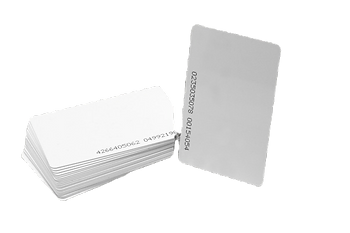

1-Wire RFID readers offer several advantages, including:
- Immobilizer Functionality: Prevents unauthorized individuals from starting the vehicle by requiring an iButton scan before ignition.
- Authorized Driving: Tracks and records the identity of each driver based on the iButton ID used for authentication, ensuring only authorized personnel can operate the vehicle.
- AutoGeofencing: Enables automatic notifications when a vehicle leaves predefined areas without iButton authorization, providing enhanced security and monitoring.
This simple yet powerful technology helps streamline vehicle management and ensures enhanced operational control over your fleet.
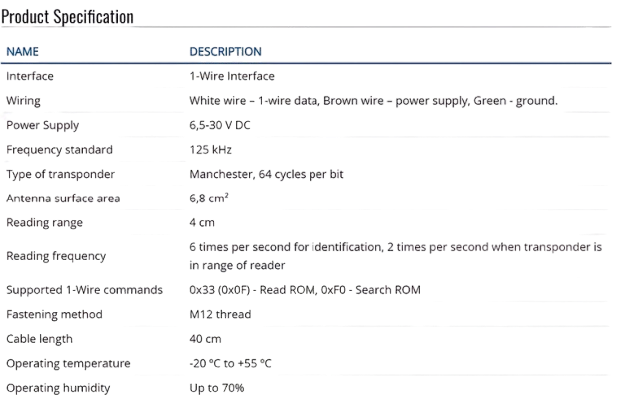
3. 1-Wire RFID Reader & Card
Perfect Accessory for any application where AVL data needs to travel along with a person or object identification.

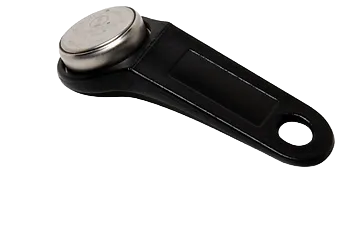
One of the implemented features for fleet management devices is 1-Wire data protocol, which can be used for iButton reading. It is the most straight-forward way to implement driver authorization in your vehicles.
1-Wire iButton readers are great in these use cases:
- Immobilizer – prevent anyone from starting the vehicle without scanning an iButton first.
- Authorized driving – keep track of who is driving your vehicle according to the iButton ID they use to authenticate themselves.
- AutoGeofencing – gives the ability to know when a car leaves customized areas without iButton authorization.
Video Monitoring Solutions
Challenges Addressed by Video Telematics
Video telematics is revolutionizing fleet management by addressing critical safety and operational challenges, leading to improved efficiency and revenue growth.
Safety Problems
Traffic accidents and dangerous driving behaviors can be significantly reduced through real-time video monitoring, helping fleet managers identify and correct unsafe practices before they result in accidents.
Low Efficiency
Inefficient routing, dispatching, and key performance indicators (KPIs) such as cost per mile, cost per passenger, and driver performance often lead to operational delays and increased expenses. Video telematics streamlines these processes, optimizing fleet operations and reducing costs.
Lost Revenue
Overloading, fare evasion, and the inability to provide clear evidence for insurance claims can directly impact revenue. By offering video evidence and precise data, telematics ensures fleets can avoid unnecessary expenses and recover lost revenue.
By tackling these challenges, video telematics enhances fleet safety, boosts efficiency, and protects revenue streams, driving overall operational success.
Solutions
1. Advanced Driver Assistance System (ADAS)
ADAS systems use automated technology, such as sensors and cameras, to detect nearby obstacles or driver errors and respond accordingly
2. Collision Avoidance System
Uses small radar detectors, typically placed near the front of the car, to determine the car’s vicinity to nearby obstacles and notify the driver of potential car crash situations
3. Lane Departure Warning System (LDW)
An LDW system uses cameras to monitor lane markings and determine if the driver unintentionally begins to drift
4. Driver Monitoring System (DMS)
The Driver Monitoring System (DMS) is pointed at the driver’s face, providing a real-time evaluation of their presence and state. DMS helps alert the driver and can initiate interventions to maintain control of the vehicle.
- Drowsiness Detection: Detects and predicts driver drowsiness and fatigue.
- Distraction Alert: Warns the driver when they become distracted, such as by using a mobile phone.
- Smoking Detection: Triggers an immediate alert if smoke is detected by the camera.
- Camera Cover Alert: If the DMS camera is covered by any object and cannot detect the driver, an alert is triggered.
Additional Features
4-Channel Video Streaming – Our dash camera provides comprehensive coverage with four separate camera channels
High-Quality Video – The dash camera records in high-definition (HD) resolution, ensuring clear and crisp video footage.
G-Sensor – Automatically detects collisions and locks footage to prevent overwriting, preserving critical evidence for insurance claims.
GPS Tracking – Records your vehicle’s location, speed, and route, providing valuable data for fleet management or personal use.
Mobile App Integration – Control, config. and access your dash camera remotely via a dedicated mobile app, allowing you to view live streams and footage playback on your smartphone.
Easy Installation – Our dash camera is designed for easy DIY installation in most vehicles, and it comes with all the necessary mounting hardware and wiring.




